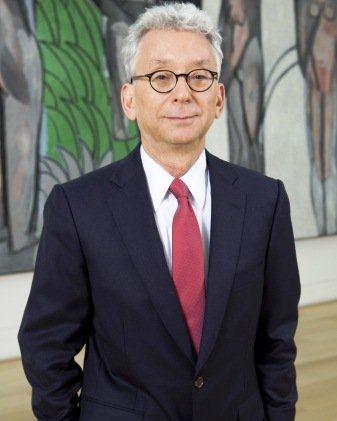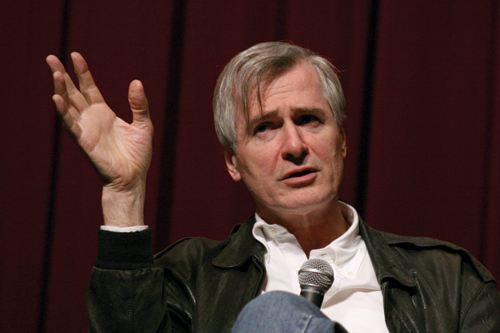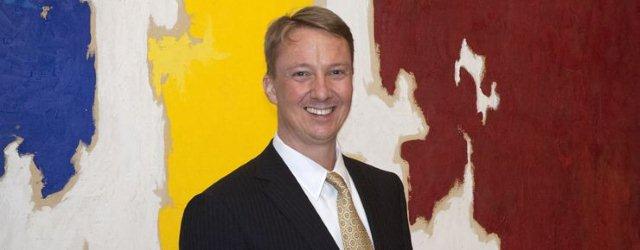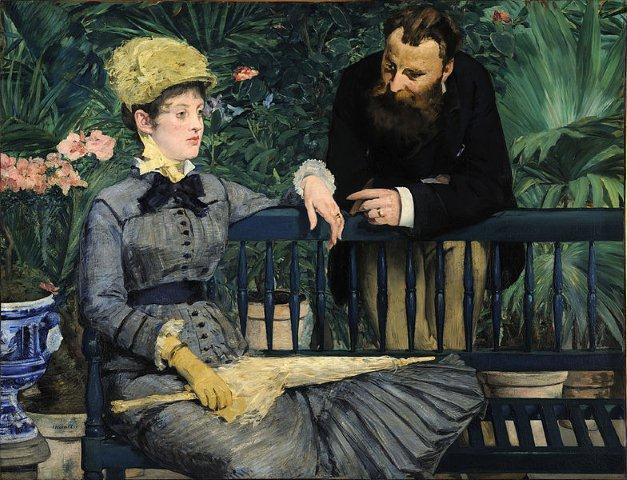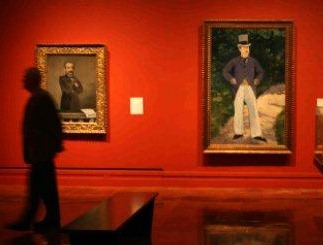The Art Institute of Chicago is digging deeper into our pockets: yesterday the Chicago Park District board of commissioners approved a hike in admissions and a bigger jump for non-Illinois residents. As of Feb. 1, general adult admission for instaters will rise from $16 to $18, and out-of-staters like me will pay $23, up from $18.
The Chicago Tribune quotes AIC director Douglas Druick saying:
If we didn’t have to do it, we wouldn’t do it. It was felt that this was reasonable, not too onerous and signaled our commitment to the city and to the state by putting more of the burden on out-of-state tourist visitors.
It seems like only yesterday that the last increase occurred, but apparently it was 2009.
A later story in the Tribune said that the AIC currently gets 4% of its operating revenues from admissions. Averages for that figure are all squishy, if you ask me — they vary partly because the universe of museums that report each year to the Association of Art Museum Directors is not the same every year, nor are reporting practices of museums universal. But that seems low to me for a museum like the IAC, which should have a decent tourist trade (or should have. Whether they’ll come at $23 is another question.)
To me, this all means that the new modern wing is not living up to its initial promise. I am confident guessing that the 4% figure was higher before the new wing increased expenses. Did that outreach to the park bring more paying customers? Or just people who came the ramp, looked around and descended again?
I’m a realist: museums have to maximize revenues. That doesn’t always mean increasing admissions, and I do hope this doesn’t backfire.
Photo Credit: Courtesy of the Chicago Tribune

